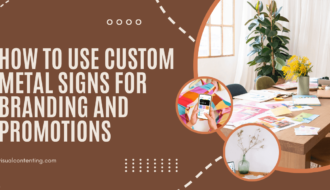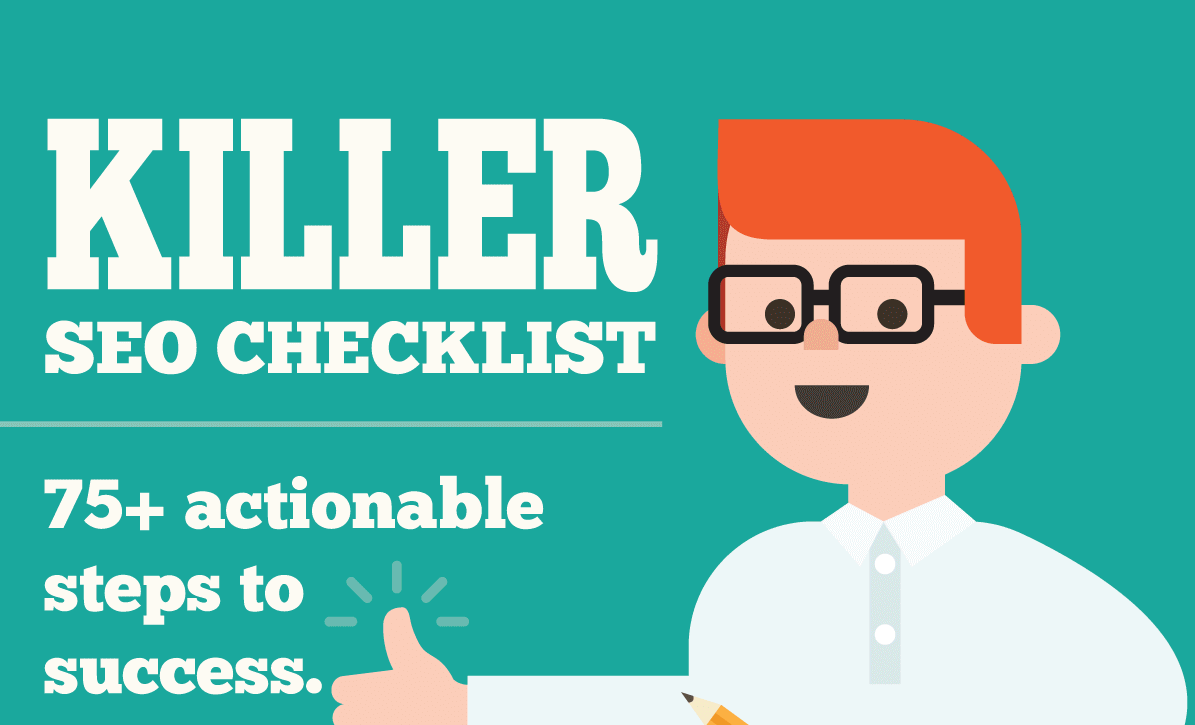No matter the size or type of your online store, one of your ongoing goals is probably to encourage more people to place orders. It’s great to keep your current customers happy and returning to order things.
However, e-commerce growth comes when you successfully get more new customers to place orders. It can also happen when existing customers place larger or more frequent orders. These tips will help with all of those aims.
1. Publish Accurate and Descriptive Product Details
One downside of online shopping is that it’s sometimes difficult to notice all the aspects of a product that would be immediately apparent when buying something in-person.
Take a wool sweater, for example. You could take it off a store rack and feel the garment’s texture or thickness between your fingers. You could also hold the piece up against your body to see where it falls on your frame.
Online shopping provides plenty of conveniences, but it doesn’t give the same level of product evaluation capabilities you’d get when buying stuff in-person. However, you can make up for that reality by providing as many correct and useful details as possible.
That might mean allowing a person to zoom in on an image or see the product from different angles. You could also give measurements for how the garment fits a person of a particular height so people have a reference. Another possibility is to allow customers to review whether a product fits true to size.
Besides helping your store get more orders, richly detailed descriptions can also cut down on product returns. Research shows that 73% of returns occur because of a reason the retailer can control. Inaccurate product content is one of them, along with issues such as fulfillment errors or low product quality.
If you put more investment into product details, people will feel more confident about buying products, and the likelihood of returns should drop.
2. Streamline the Checkout Process
Getting a customer to the point where they add items to their shopping carts on e-commerce sites does not guarantee they’ll purchase those things. The key is to make the checkout process straightforward and fast enough that people don’t give up before finalizing the transaction.
Unfortunately, the segment of customers who don’t complete their purchases may be larger than you think. One study showed that 87% of customers abandon their carts if the checkout process is too long or complicated. Another worrisome finding was that 55% of those don’t return to the retailers after having such experiences.
Consider checkout improvement options, including:
- Letting customers check out as guests.
- Implementing a service such as PayPal Express Checkout.
- Removing any unnecessary fields from the checkout forms.
- Offering to save a person’s details to expedite future purchases.
- Using visual indicators to show when shoppers correctly enter form data.
If you decide to send cart abandonment emails that encourage people to finish their purchases, consider telling them they can click a link and go straight to a page that allows them to start checking out.
Some e-commerce retailers make customers start over if those individuals leave their carts before paying. However, perhaps a person had numerous items picked out before they left the site. If so, adding them all back could become a cumbersome process.
You could say something in a cart abandonment email such as, “We’ll hold these items for the next 12 hours to give you the opportunity to come back and purchase them. That option introduces convenience and a sense of urgency.
3. Ensure You Have Mobile-Friendly Pages
It’s increasingly less common for people to visit websites on their computers. Statistics from April 2021 indicate that 54.61% of individuals rely on their smartphones when using the internet. Then, 42.63% of people use desktop computers, and 2.76% browse the internet on their tablets.
Those findings emphasize the necessity of designing mobile-friendly pages for your e-commerce site. Think of what you could do to make the browsing experience on a small-screen device as enjoyable as possible.
For example, Maine Lobster Now has a mobile-friendly website with a specific section that people see when on such devices. It shows products segmented into logical categories. Then, the product lists feature a two-column design that allows people to see the options without very much scrolling.
There’s also a section below the products highlighting the benefits of shopping with the company, ranging from the free shipping on orders over $100 to the freshness of the lobsters. Those details could solidify someone’s decision to purchase.
4. Consider Catering to International Shoppers
COVID-19 was a massive driver in recent online shopping. When physical stores temporarily closed, the internet gave customers additional options for purchasing the things they loved.
An April 2021 MasterCard study showed that e-commerce comprised about $1 of every $5 spent in 2020, but that ratio was $1 of every $7 spent in 2019. MasterCard’s analysts also expect approximately 20-30% of the COVID-19-related shift to digital shopping to become permanent.
Another interesting tidbit from the study was that global-reaching retailers enjoyed exceptional success. More specifically, international e-commerce rose by 25-30% from February 2020 through March 2021. Additionally, the gains related to sales volume and the number of countries where orders originated.
Think about how you could make your merchandise available to people in other countries. Doing that may be easier than anticipated, too. For example, platforms like Shopify allow you to tweak an existing store to show people prices in various currencies. You can also set up new international storefronts in specific markets, such as the locations closest to distribution warehouses.
If you do expand internationally, clarify that change to site visitors as soon as they arrive. One possibility is to create a banner to announce broader availability. Consider discussing it on your blog and social media channels, too. Promoting the change is one of the best ways to make it worth your while and increase order numbers.
5. Let People Schedule Virtual Consultations
Virtual consultations could also boost sales, especially if you sell products that may benefit from an expert opinion. Consider the example of products like shampoo or lotion. How those items work for you depends partially on your hair and skin type. Many shoppers buying those things online may feel overwhelmed when trying to select the products that fit them best.
You could drive sales by offering virtual consultations. Those give people personalized service and help them feel they’re getting advice specific to them. Consultations also present opportunities for upselling.
Suppose you suggest a certain shampoo for a person while meeting them. Then, you could also talk about how and why a complementing conditioner and styling product would get even better results.
Makeup brand Clarins doubled its online growth in 2020. Live consultations helped that happen. Clarins does not have physical stores but sells products in department stores and beauty retailers. When those shut down due to the pandemic, the company had to find other ways to connect with customers, including expanding its existing online presence. Decision-makers agreed that virtual consultations helped bridge the gap between in-store and online.
Another option to increase interest in booking a consultation is to offer a promotion where people get a percentage off whatever they buy during a consultation. People love getting what they need and want for less, and that perk could help them embrace the idea of consultations happening through the internet.
6. Show Real-Time Order Information
Many e-commerce retailers have site features that show visitors details about other people’s purchases. For example, there may be a small window that says, “Someone in Boulder, Colorado, just purchased the Easy-Up 4-Person Tent.”
When people get real-time updates like that, it gives the impression that others frequently come to your site and shop. Also, if you provide links to what others purchased, consumers browsing the website may get intrigued and click to find out more about that merchandise.
Aim to offer that information in ways that aren’t too intrusive or distracting. For example, if a person sees a pop-up window every five seconds about a new purchase, that could grab their attention too frequently and frustrate them.
One option is to show a different example of a recent purchase as people land on new pages. That way, the content loads along with other page information and still emphasizes that purchases occur often.

Start Seeing Sales Soon
These six tips can help you create momentum that leads to larger, more frequent orders from a bigger customer pool. All of those benefits will help your e-commerce business succeed in an increasingly competitive and choice-heavy marketplace.
When deciding what changes to make, implement them gradually. Then, it’ll be easier to gauge how well they work and whether you should keep them in place.
Related Posts
Devin Partida writes about topics concerning tech and the internet. She is also the Editor-in-Chief of ReHack.com.







